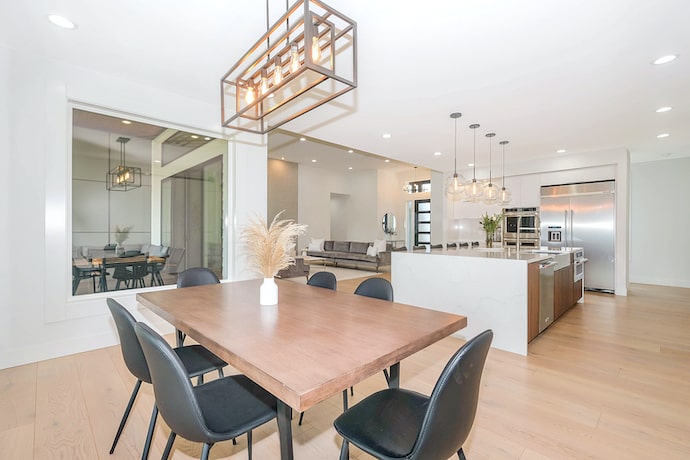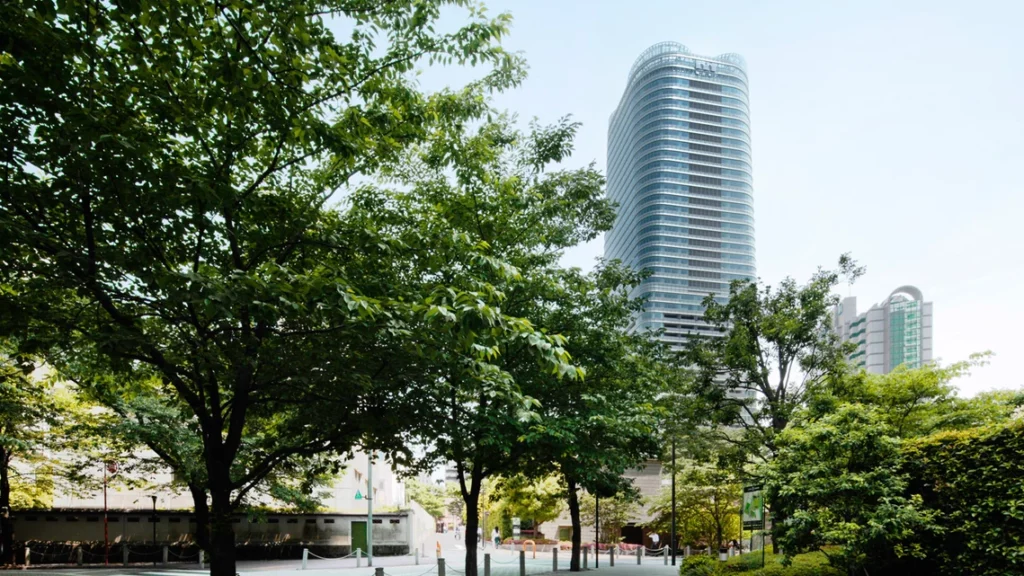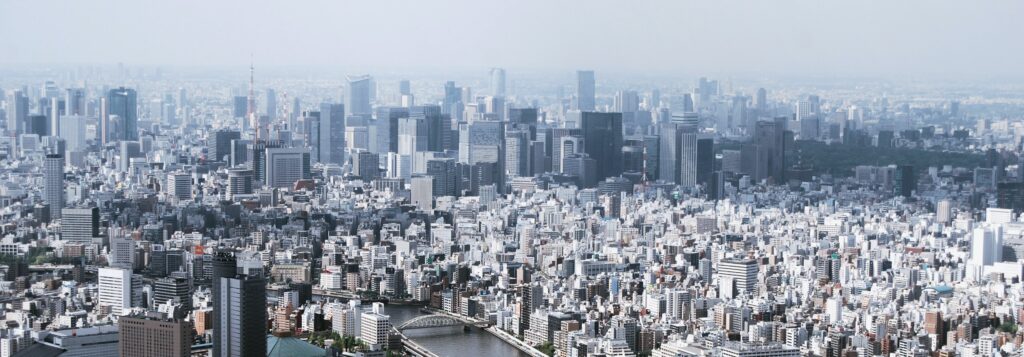
In Japan, a house is said to last for 30 years. Then it gets razed and rebuilt. This concept of transience seems to be deeply ingrained in Japanese culture: Ise Jingu, the most important shrine of the Shinto religion, Japan’s national belief, gets demolished and reconstructed in exactly the same fashion on a 20-year cycle. Besides cultural, there are obvious natural reasons with Japan short housing life spans: the country coexists with the constant threat of earthquakes and tsunamis and has mitigated this risk – somewhat – with a housing culture of quickly and cheaply built wooden homes.
Japan’s stable land prices are working in investors’ favour
This has lead to the main value of real estate lying in the land. Land prices in Japan have been a picture of stability over the last few decades. The buildings themselves, on the other hand, is slowly depreciating over years, down to the point when a seller just pays for the land value.

The most valuable land in Japan is located in Tokyo’s central wards, inside the Yamanote Line loop. The first principle of real estate investment, ‘location, location, location,’ holds three times true for Japan. And with the ongoing economic upturn of Abe’s Japan, not only land but also condo prices have increased in central Tokyo over the last decade.
Time for a change: Longer-lasting structures and modern renovations

However, times are changing. Japan’s supply of new condos and apartments can not keep up with the current demand. And blessed with less money than their affluent boomer parents, younger Japanese are looking for ways to save money. They started remodelling old Japanese homes, extending their lifetime. Traditionally, these are heavily compartmentalised into a number of tiny rooms, a layout that doesn’t suit the demands of modern Japanese buyers anymore. More and more construction companies offer renovation services to meet this demand, like this example of a condo in Akasaka that was beautifully remodelled by Housing Japan into a luxury residence.
Also, construction quality, specifically seismic performance of buildings in Japan has significantly improved. Until a few decades ago, the Japanese way was to surrender to tsunamis and other natural disasters by using cheap building materials. Nowadays, modern engineering and SRC (steel-reinforced concrete) has made earthquake-proof high risers possible and extended the quality and lifetime of buildings.
Buying old or new luxury real estate in Tokyo: the most important criteria
The first criteria for investors should be the location and land price. Look at the history of land price development in the area you are interested in; Housing Japan can provide you with data from official sources. Central Tokyo is the most valuable land in Japan and is showing a long-term upwards trend.
In Japan, newer buildings always have a better resell value, as they are seen more favourably by Japanese buyers. This makes them a safer investment compared to older properties. They also have better renovation potential and are more likely to withstand the test of time for much longer than the once envisioned 30 years.
If you are interested in buying a second-hand home, it is generally recommended that it is a “Shintaishin Kijyun building” meaning that it received its Construction Completion Certificate after June 1st, 1981. Buildings certified after this date meet the stricter 1981 earthquake resistance standards. Another date to bear in mind is April 2000, when the Housing Quality Assurance Law (Product Quality Act) was enacted to improve the safety of wooden buildings. New indicators measuring the grade of deterioration were also introduced, thus making it easier to assess the condition of the property.
Working with an experienced agent in luxury investment properties
At Housing Japan, we specialise in buying, selling, and managing luxury real estate in central Tokyo. We have worked with investors around the globe and focus on central Tokyo properties as these promise stable returns, low vacancies, and the lowest longterm risks. We advise our clients to consider brand new developments or newer refurbished properties to match the demand for the Japanese as tenants or potential future buyers in a re-sale scenario. To learn more about our services and why this approach is the safest choice, contact our team for a personalised consultation.
















